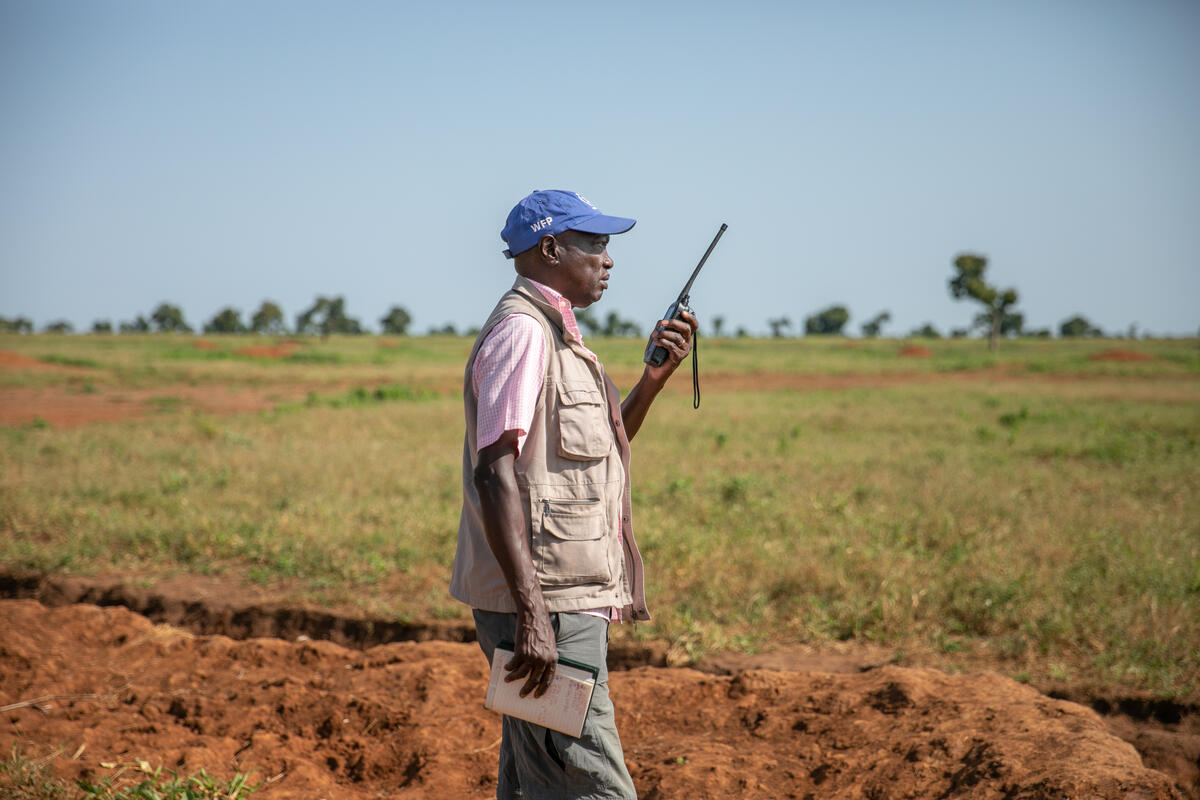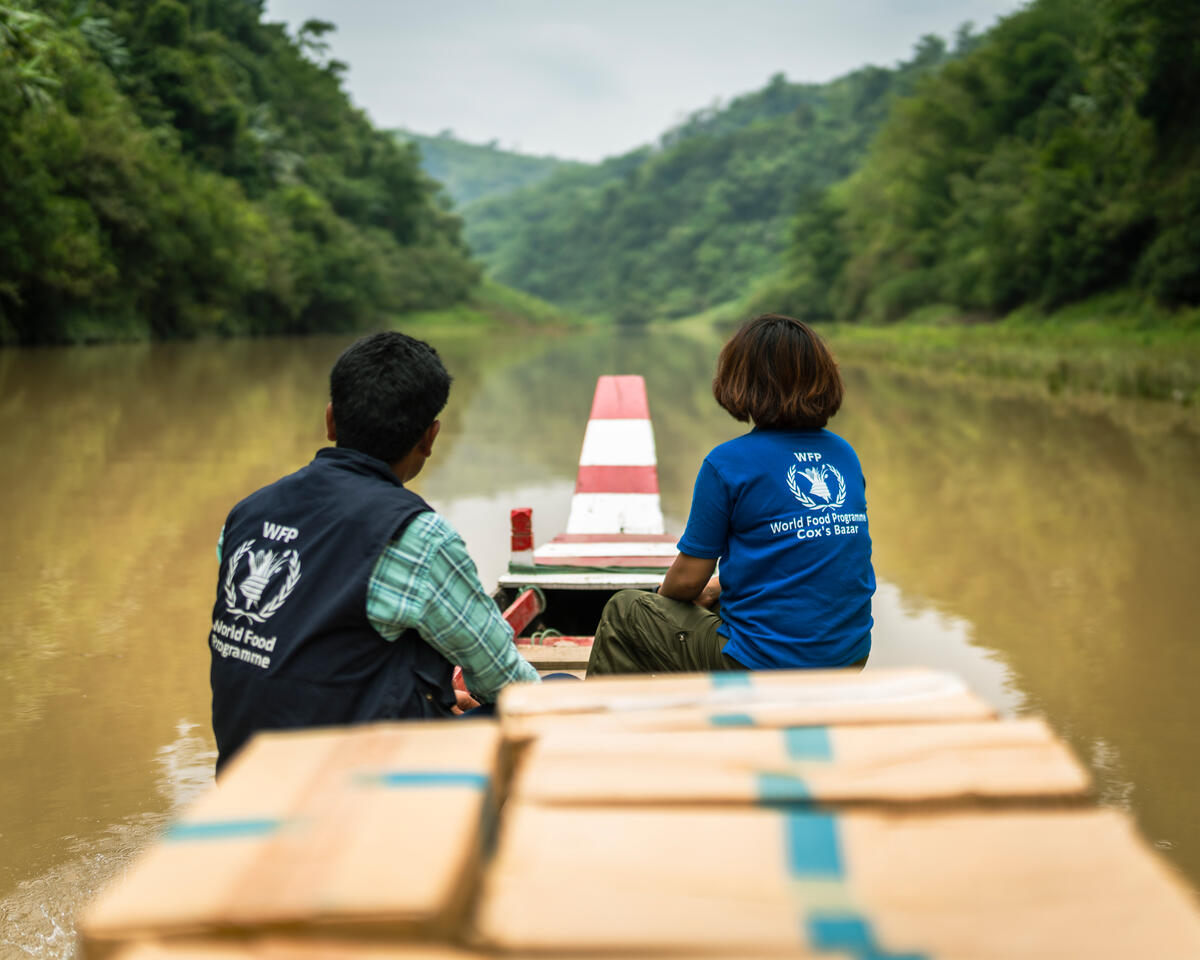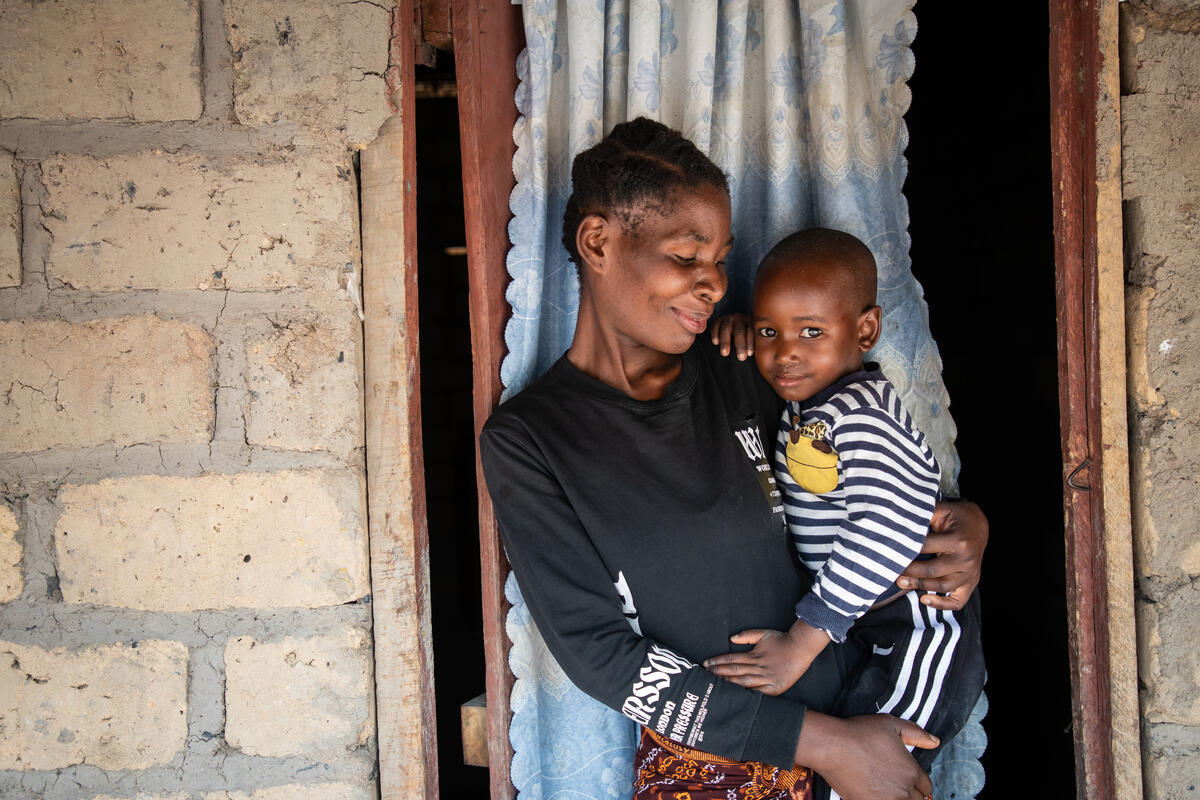Why WFP Needs to Be Invited Into a Country Before Delivering Food

In the first hours and days of a humanitarian emergency, you may see headlines like, “The United Nations World Food Programme (WFP) Stands Ready to Assist.” Stands ready.
Why would the world’s leading hunger-fighting organization need to stand by and wait?
The answer involves four crucial phases.
Disaster Strikes: WFP Gets the Call for Help
When disaster strikes, the U.N. World Food Programme can step in within 72 hours – but first, we need a legal basis to begin operations. A country’s government must request the U.N. World Food Programme’s intervention in an emergency or development project before we can deploy staff.
In other words, the U.N. World Food Programme needs to be invited in.

In most cases, governments will work with U.N. World Food Programme country offices before making a request for aid.
Only in exceptional circumstances, like a complex crisis where national authorities have lost control of their territory, can the U.N. World Food Programme intervene without an invitation from the government. And even then, it must come as a special request from the United Nations Secretary General.
Either of these requests for help trigger our emergency response protocol.
First 24 Hours: WFP Asks the “Right” Questions and Creates an Emergency Response Plan
In countries where we don’t already have operations up and running, we aim to finalize a plan within the first 24 hours of an emergency. The plan outlines who will be assisted, for how long and what kind of assistance is needed.
We also consider what we call “the ‘5 R’s’”:
- RIGHT OBJECTIVE: To be effective, our operations need to have a clear objective. Are we trying to save lives? Reduce malnutrition? Protect people’s livelihoods?
- RIGHT ASSISTANCE: The right kind of assistance depends on our objective and must account for the needs of different groups of people. For example, cash might be the right assistance for a family with access to a bank but not for a refugee who doesn’t.
- RIGHT PEOPLE: Our targeting methods ensure that only people experiencing the most extreme forms of hunger receive assistance.
- RIGHT TIME: In a rapid-onset emergency like an earthquake, we often need to deliver food immediately. However, in a slow-onset emergency like drought, we consider factors like seasons and harvesting in our plans.
- RIGHT WAY: Our assistance is context-specific and conflict-sensitive and supports the safety, dignity and rights of the people we support. That means we ask questions like: Have we consulted with affected populations? Would assistance cause or exacerbate conflict? Have we considered environmental and gender equality issues?

From high-energy biscuits to telecommunications equipment, we adopt a “no regrets” approach to deliver – sometimes – an excess of resources rather than fall short of the urgent needs of a population in crisis.
With these considerations in mind, the U.N. World Food Programme drafts a “Concept of Operations” document that will guide our work, which could consist of any, or all, of our core emergency response activities including:
- food and/or cash distributions
- food security assessments and analysis
- logistics assessments, analysis and coordination
- communications support through the United Nations Emergency Telecomms Cluster
- United Nations Humanitarian Air Service (UNHAS) flights
Once we have this Concept of Operations in hand, we make the decision to activate. Then, the real work begins.
48 – 72 Hours: Relief Is Delivered Within Days
In a humanitarian emergency, a rapid and coordinated response means more lives saved. Within 48 hours of a country’s request for help, the U.N. World Food Programme aims to:
- activate our global logistics and telecommunications network
- appoint a Corporate Response Director/Emergency Coordinator to lead operations
- release funds as needed from the Immediate Response Account
- advise local authorities and partners about how to address the needs

An official request from a country’s government gives the U.N. World Food Programme the green light to enter and begin operations.
Within 72 hours, the U.N. World Food Programme can deploy relief teams and begin the first distributions of aid where it’s needed most.
Partnerships: The Core of WFP’s Relief Work
The U.N. World Food Programme works to save and change lives in over 120 countries and territories. National governments are our principal partners in that work. That’s another reason why we wait for an official request from a country’s government before stepping in to provide food assistance.
A country’s government may have many different types of existing programs to address the needs of its citizens affected by disasters. The U.N. World Food Programme prioritizes the delivery of aid through these existing programs. We’ll adapt our programs to the context of the emergency and partner with local NGOs, the private sector and other U.N. and humanitarian agencies to effectively reach the intended beneficiaries.
How WFP Ends an Emergency Response
Knowing how to end an emergency response can be as important as knowing how to begin one. For the U.N. World Food Programme, an exit from an emergency response looks like either 1) a withdrawal of assistance or 2) a transition into long-term programs that build people’s own capacity to overcome such crises in the future.
Most of the time, we know it’s time to exit once families’ access to food is restored to pre-emergency levels.

WFP’s strongest exit strategies are made to last beyond immediate needs to help communities and governments build their capacity to deal with future crises.
During our response or after exiting, we’ll hold a “Lessons Learned” session to reflect on what worked well and what could be improved. These lessons inform other emergency responses, present and future, to ensure our work is serving the world’s hungriest people as best it can.
~
From climate-related disasters to outbreaks of conflict, the U.N. World Food Programme is among the first on the scene in an emergency. To find out more about how we respond to emergencies, visit our Emergency Relief hub. Click here to see the world’s worst hunger emergencies and find out how you can support our lifesaving work.




